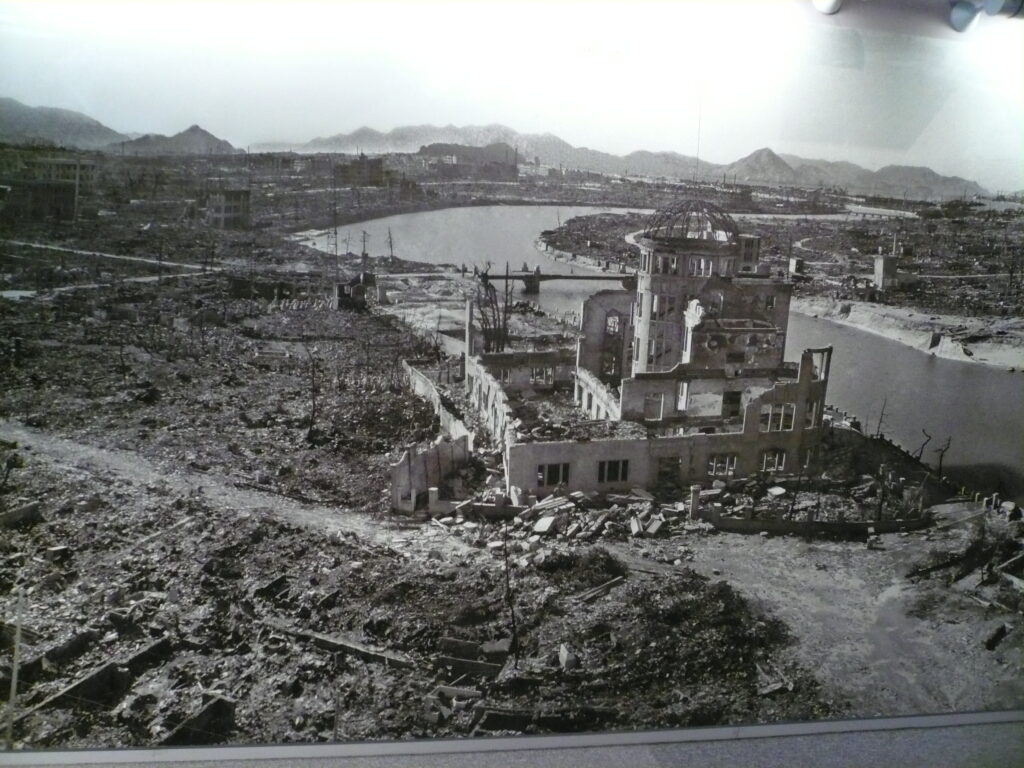Later, I presented to an audience of 123 hematologists and nurses what hemophilia is like in the US, and how patient involvement and early intervention can make life with hemophilia more normal. Doctors are highly revered in Japan, and ironically this can make patients/parents both comforted and complacent, leaning too much on their medical team’s expert advice.
With any chronic disorder, patients and parents must take charge of their own daily life and future. The role of homecare companies was a new one to the doctors and nurses, and at the reception that followed, we discussed how this has improved medical care on the US. Currently Japanese families are prescribed factor through their physician and pick it up at a local pharmacy. It was stimulating to speak to such a high-powered audience, and though role playing was on the agenda for the evening (where doctors would switch professional roles with me or their nurses and enact some real-life scenarios to see how they react), we simply ran out of time. I heard more than a few “whews!” in the audience!
View all the photos from the trip here.
(Photos: A-Bomb Dome; Hiroshima on August 6, 1945; Laurie with Japanese hematologists; Laurie with her hosts, Novo Nordisk Japan)







